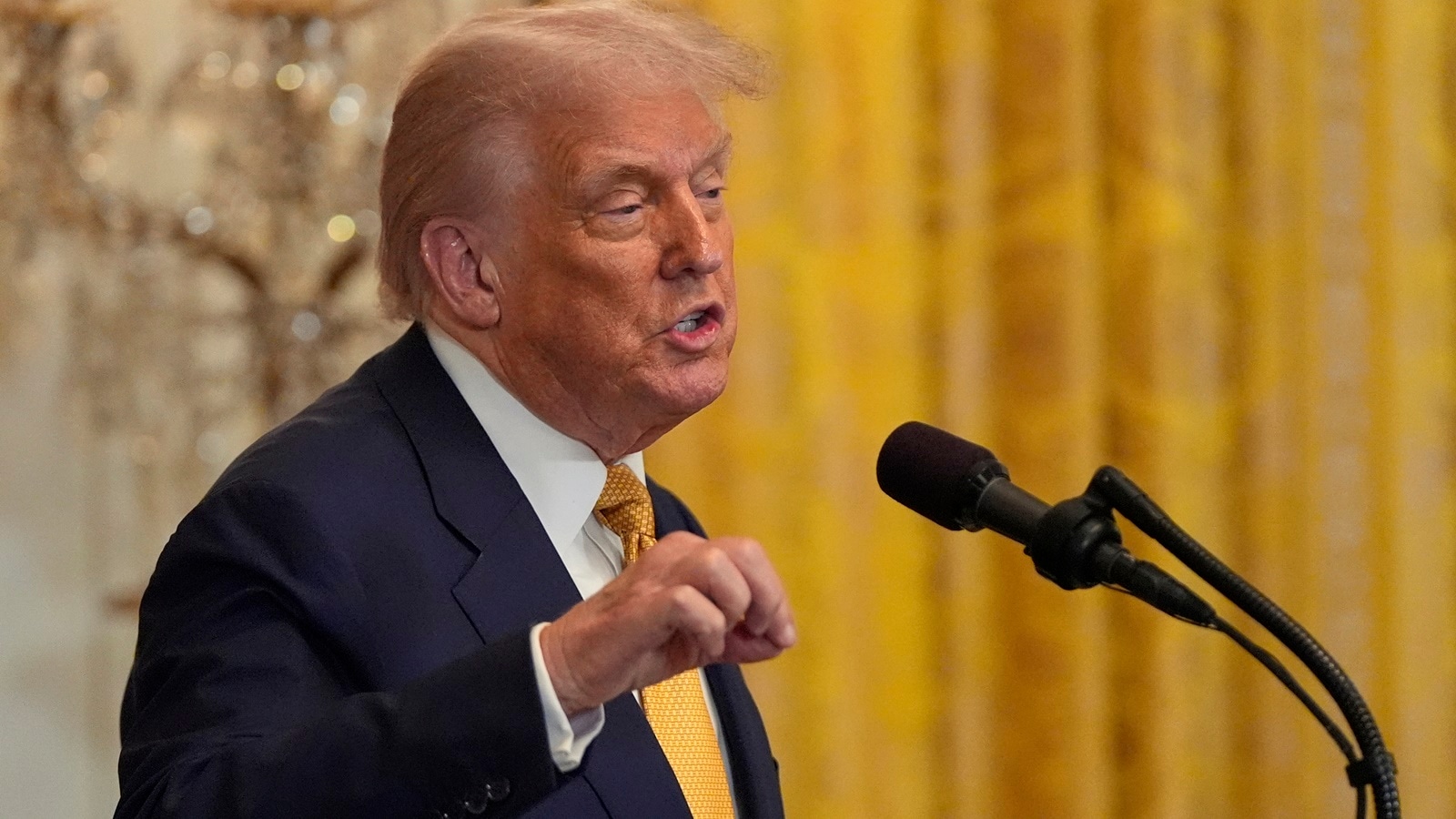 |
|
The article delves into the complex dynamics of international trade negotiations, specifically focusing on India's recent experiences with the Regional Comprehensive Economic Partnership (RCEP) and ongoing trade talks with the United States. The narrative highlights how seemingly localized concerns, such as the protection of the agricultural sector, can significantly influence national trade policies and international relations. India's decision to withdraw from RCEP in November 2019 serves as a pivotal example, illustrating the power of grassroots movements and the government's responsiveness to domestic pressures. The catalyst for this withdrawal was the overwhelming influx of handwritten letters from women in cooperative organizations, predominantly from dairy cooperatives in Gujarat. These letters voiced concerns about the potential negative impacts of the RCEP agreement on the agricultural sector and the livelihoods of those involved. The sheer volume of these letters, coupled with existing concerns within policy circles regarding China's dominant presence in the agreement and the potential for cheap Chinese goods to flood the Indian market, ultimately led to India's withdrawal. This event underscores the importance of stakeholder engagement and the potential consequences of overlooking the concerns of local communities in trade negotiations. The article further draws parallels between India's RCEP experience and the current state of India-US trade talks. The dairy and agricultural sectors, particularly the issue of genetically modified (GM) crops, have emerged as significant sticking points, acting as 'red lines' that New Delhi is unwilling to cross due to the potential political ramifications. Despite constructive negotiations and initial optimism, the talks have encountered obstacles, with 'diplomatic and non-trade issues' contributing to the impasse. The pressure exerted by US President Donald Trump, characterized by the threat of imposing high tariffs, further complicates the situation. Trump's negotiating strategy, which involves using tariffs as leverage, is a recurring theme throughout the article. This approach, exemplified by the imposition of a 50% tariff on Indian exports to the US, is designed to unsettle the other party and gain concessions. While the actual economic impact of the tariffs can be calculated, the uncertainty they create poses a more significant challenge, potentially undermining India's position as a viable 'China plus-one' alternative in sectors like mobile handset assembly. The article also addresses the rationale behind the US tariffs, suggesting that they may be less about Russia and more about India's stance on trade issues. Despite being ostensibly linked to India's purchase of Russian oil, the tariffs are viewed by some as a means of pressuring India to concede in trade negotiations. This interpretation is supported by the fact that other countries, including China, continue to purchase Russian oil without facing similar punitive measures. In response to the tariffs, India has adopted a strategy of weathering the impact while engaging in backchannel negotiations. The country has also begun to gradually reduce its reliance on Russian oil, taking advantage of the narrowing price gap between Brent crude and Russian Urals grade. While a complete substitution of Russian oil with West Asian crude could potentially lead to a surge in OPEC oil prices, impacting global markets, India is demonstrating a willingness to diversify its energy sources. To address US concerns and seek a breakthrough in trade negotiations, India has expressed its willingness to offer concessions in other areas. Drawing inspiration from Japan's approach, where concessions on rice were exchanged for favorable terms in the auto sector, India has proposed making significant purchases from the US in sectors such as defense equipment, natural gas imports, and nuclear reactors. Additionally, India has indicated its openness to a quota system for the auto sector, progressively opening up market access over several years, mirroring the approach adopted in the UK deal. Overall, the article paints a nuanced picture of international trade negotiations, highlighting the interplay of domestic politics, economic interests, and diplomatic strategies. It emphasizes the importance of understanding the concerns of local communities, the use of tariffs as a negotiating tool, and the potential for both cooperation and conflict in the pursuit of trade agreements. The article suggests that India is adopting a pragmatic approach, balancing its commitment to protecting its agricultural sector with its desire to foster strong economic ties with the United States.
